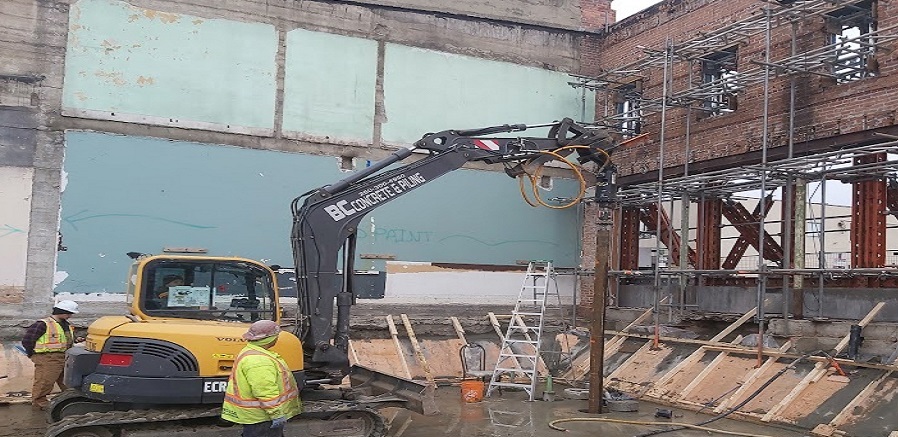
In the construction industry, ensuring workplace safety is paramount, especially when it comes to complex tasks like installing a helical piles foundation. Piling contractors must adhere to strict safety standards to protect their workforce and achieve the successful completion of projects. Here are some best practices to maintain safety on piling sites.
Comprehensive Training and Certification
One of the most crucial steps in ensuring workplace safety is comprehensive training for all employees involved in the installation of a helical piles foundation. Workers should be well-versed in the latest safety protocols and certified in handling equipment and materials. Regular refresher courses and updates on new safety regulations can help keep the team knowledgeable and prepared for any situation.
Site Assessment and Hazard Identification
Before beginning any piling project, conducting a thorough site assessment is essential. Identifying potential hazards such as unstable ground conditions, underground utilities, or nearby structures helps in planning and mitigating risks. Contractors should develop a site-specific safety plan that addresses these hazards and outlines emergency procedures.
Use of Personal Protective Equipment (PPE)
Personal Protective Equipment (PPE) is a fundamental aspect of workplace safety. Ensuring that all workers wear appropriate PPE, including helmets, gloves, safety goggles, and steel-toed boots, can significantly reduce the risk of injury. Regular inspections of PPE for wear and tear, and replacing damaged equipment promptly, are necessary to maintain a high safety standard.
Equipment Maintenance and Inspection
The proper maintenance and regular inspection of equipment used in the installation of helical piles foundations are vital. Faulty equipment can lead to accidents and project delays. Contractors should establish a routine maintenance schedule and conduct pre-operation inspections to ensure all machinery is in good working condition. Keeping detailed maintenance records can also help in identifying recurring issues and addressing them promptly.
Clear Communication and Safety Meetings
Effective communication is key to maintaining a safe work environment. Daily safety meetings can help reinforce the importance of following safety protocols and provide an opportunity to discuss any concerns or observations from the previous day. Establishing clear communication channels assures that all team members are aware of their roles and responsibilities regarding safety.
Implementation of Safety Protocols and Best Practices
Adhering to established safety protocols and industry best practices is non-negotiable in piling projects. This includes following manufacturer guidelines for the installation of helical piles foundations, adhering to weight limits, and ensuring proper load distribution. Safety protocols should be regularly reviewed and updated to incorporate new technologies and methods that enhance safety.
Emergency Preparedness and Response Planning
Despite all precautions, accidents can still happen. Having a well-developed emergency response plan can make a significant difference in such situations. This plan should include clear procedures for evacuations, first aid, and communication with emergency services. Regular drills and training sessions can help ensure that all workers are familiar with the emergency procedures and can act swiftly and effectively in case of an incident.
Promoting a Safety Culture
Creating a culture of safety within the organization is crucial for the long-term success of any piling contractor. This involves fostering an environment where safety is prioritized, and all workers feel responsible for maintaining a safe workplace. Encouraging workers to report unsafe conditions or practices without fear of retribution can help identify and address potential hazards before they lead to accidents.
Continuous Improvement and Feedback
Finally, continuous improvement in safety practices is essential. Collecting feedback from workers, reviewing incident reports, and staying updated with industry advancements can help in refining safety protocols. Regularly assessing the effectiveness of safety measures and making necessary adjustments ensures that the highest safety standards are maintained.
By implementing these best practices, piling contractors can ensure the safe installation of helical piles foundations and protect their workforce from potential hazards. Prioritizing safety not only safeguards employees but also contributes to the overall success and reputation of the company in the industry.


